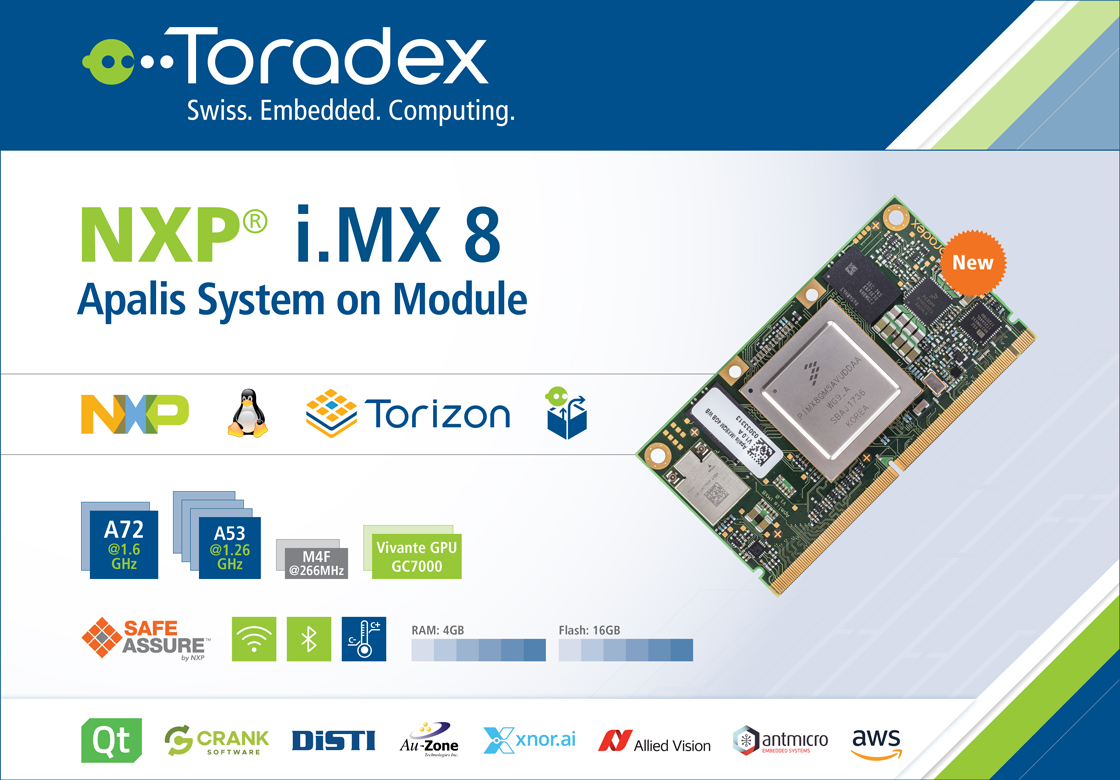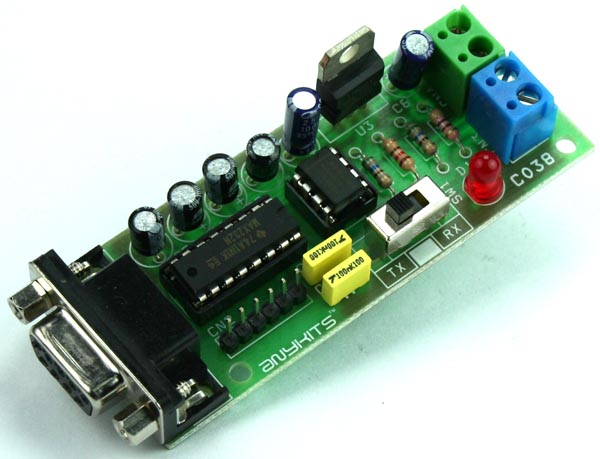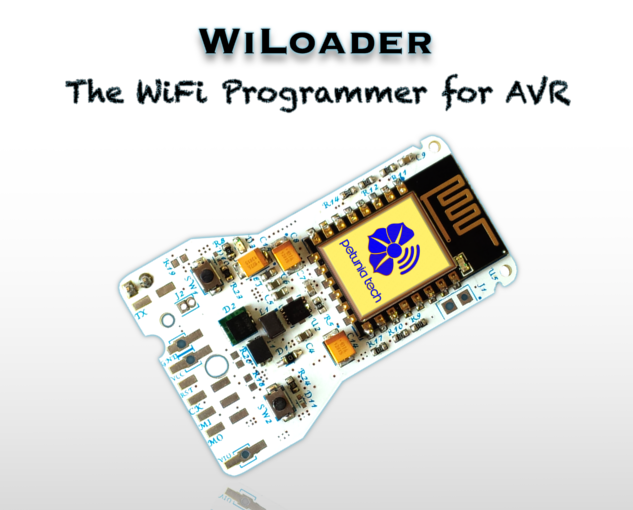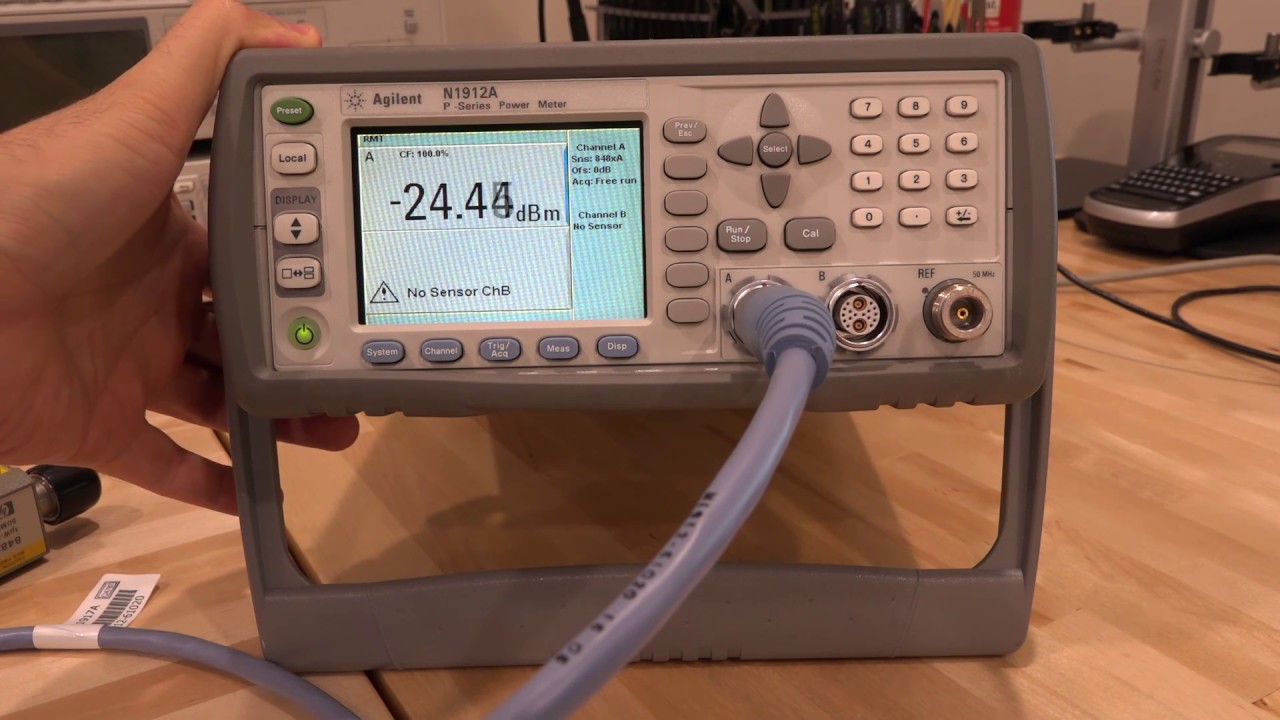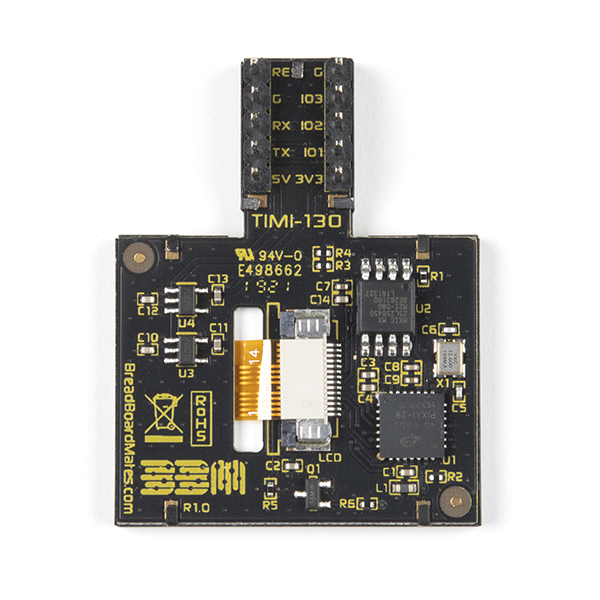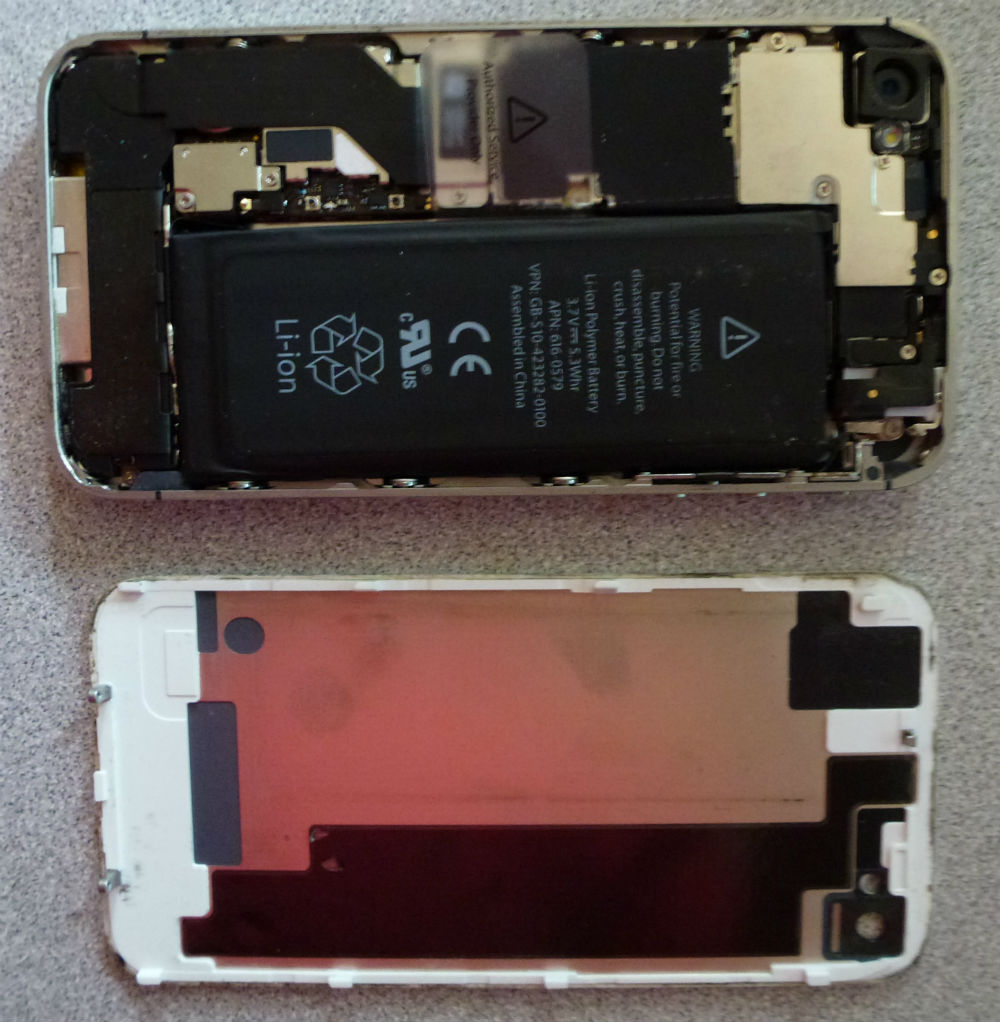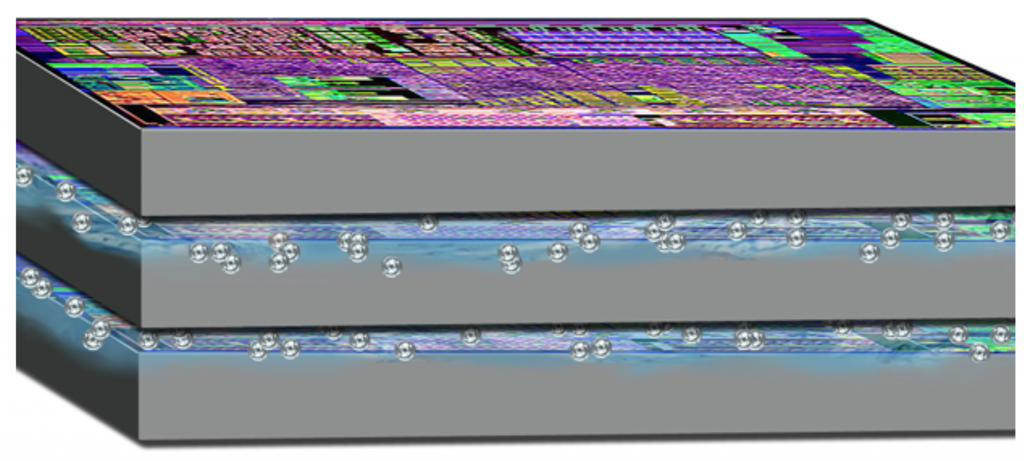
ICECool – An Intra-Chip Cooling System That Is More Efficient
In the Moore’s Law race to keep improving computer performance, the IT industry has turned upward, stacking chips like nano-sized 3D skyscrapers. But those stacks have their limits, due to overheating. Researchers from IBM have solved this problem by developing an intra-chip cooling system as a contribution to ICECool program research project by the DARPA (Defense Advanced Research Projects Agency).
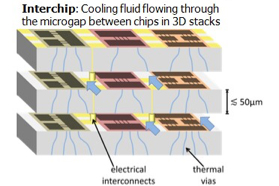
Today, chips are typically cooled by fans which blow air through heatsinks that sit on top of the chips to carry away excess heat. Advanced water-cooling approaches, which are more effective than air-cooling approaches, replace the heatsink with a cold plate that is fixed on the top of the chip. But this approach requires extra protection and proper insulation of the chip because of the electrical conductivity of water. Neither of these technologies can cool down the chip much efficiently. Here comes the ICECool that cools the chip down from the inside rather than just from the upper surface.
ICECool uses a nonconductive fluid to bring the fluid into the chip. This completely eliminates the need for a barrier between the chip and fluid. It not only delivers a lower device junction temperature, but also reduces system size, weight, and power consumption significantly. The tests performed on the IBM Power 7+ chips demonstrated junction temperature reduction by 25ᵒ C, and chip power usage reduction by 7 percent compared to traditional air cooling. This is clearly a great achievement when the operating cost is much smaller than the conventional cooling technologies.
IBM’s ICECool intra-chip cooling system solves the problem of cooling the 3D “skyscraper” chips by pumping a heat-extracting dielectric fluid right into microscopic gaps, some no thicker than a single strand of hair, between the chips at any level of the stack. Being nonconducting, the dielectric fluid used in ICECool can come into contact with electrical connections without causing any short circuit, so is not limited to one part of a chip or stack. Based on the tests with IBM Power Systems, ICECool technology could reduce the cooling energy for a traditional air-cooled data center by more than 90 percent.





